Valespeak
Valespeak is the native language of the Vale Verdial people. As a language developed in an environment known for its tree-sized fungi, Valespeak is notable in that it is typically spoken softly, de-emphasizing 'breathy' sounds and open vowels to reduce the inhalation of spores. At the same time, Valespeak features an inventory of rounded and back vowels more expansive than Iuxat or Tae na Lepidesn.
Writing System
Valescript, the written form of Valespeak, has a semi-featural alphabet. These curvy symbols are traditionally finger-painted on surfaces in colored (sometimes glowing) inks or powders, but modern writers prefer small, cylindrical brushes.
Vocabulary
Because of it's origins among the Verdials, Valespeak contains the most exhaustive vocabulary for botanical, horticultural, and agricultural terms among all languages in the Manifold, making it the preferred scientific language for researchers in these fields; when a Vale Verdial employs 'flowery prose,' the idiom is apt to be taken literally. The language also contains a number of difficult to translate terms for creatures and concepts unique to the Distal Tesseract.
Phonetics
Valespeak sorts its consonants into categories as shown:
- p, t, tʃ (ch), k
- b, d, dʒ (j), g
- m, n, *, *
- l (orthograph l), *, *, *
- f, θ (orthograph th), s, ʃ (orthograph sh)
- ʋ (orthograph v), *, *, *
- e, i, j (orthograph y), u, ɚ (orthograph r)
- æ (orthograph a/ah), *, *, o, ʌ (orthograph uh)
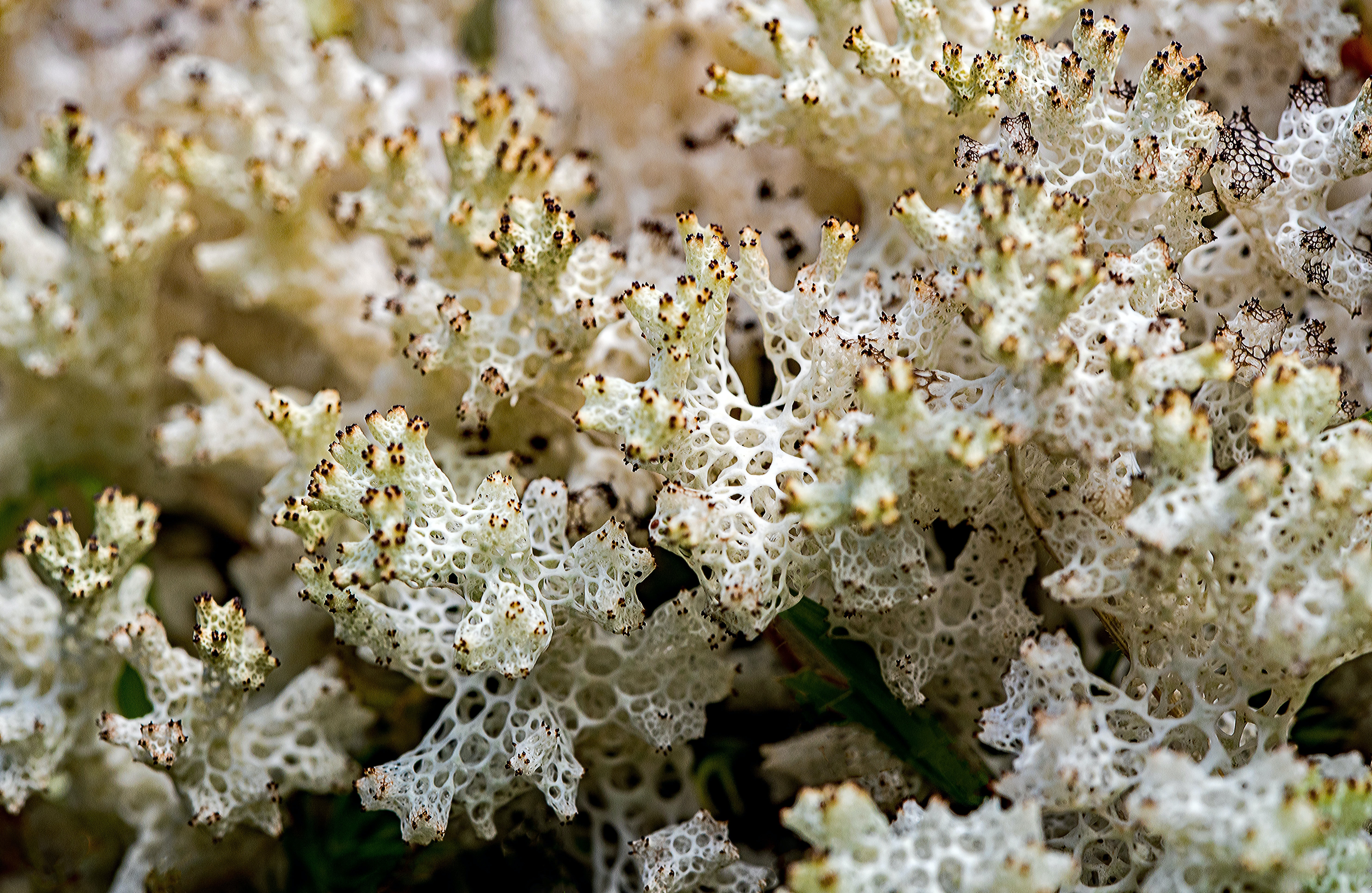
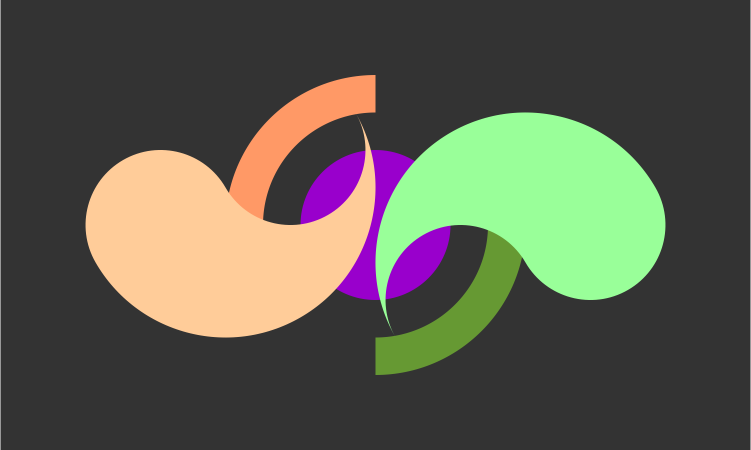
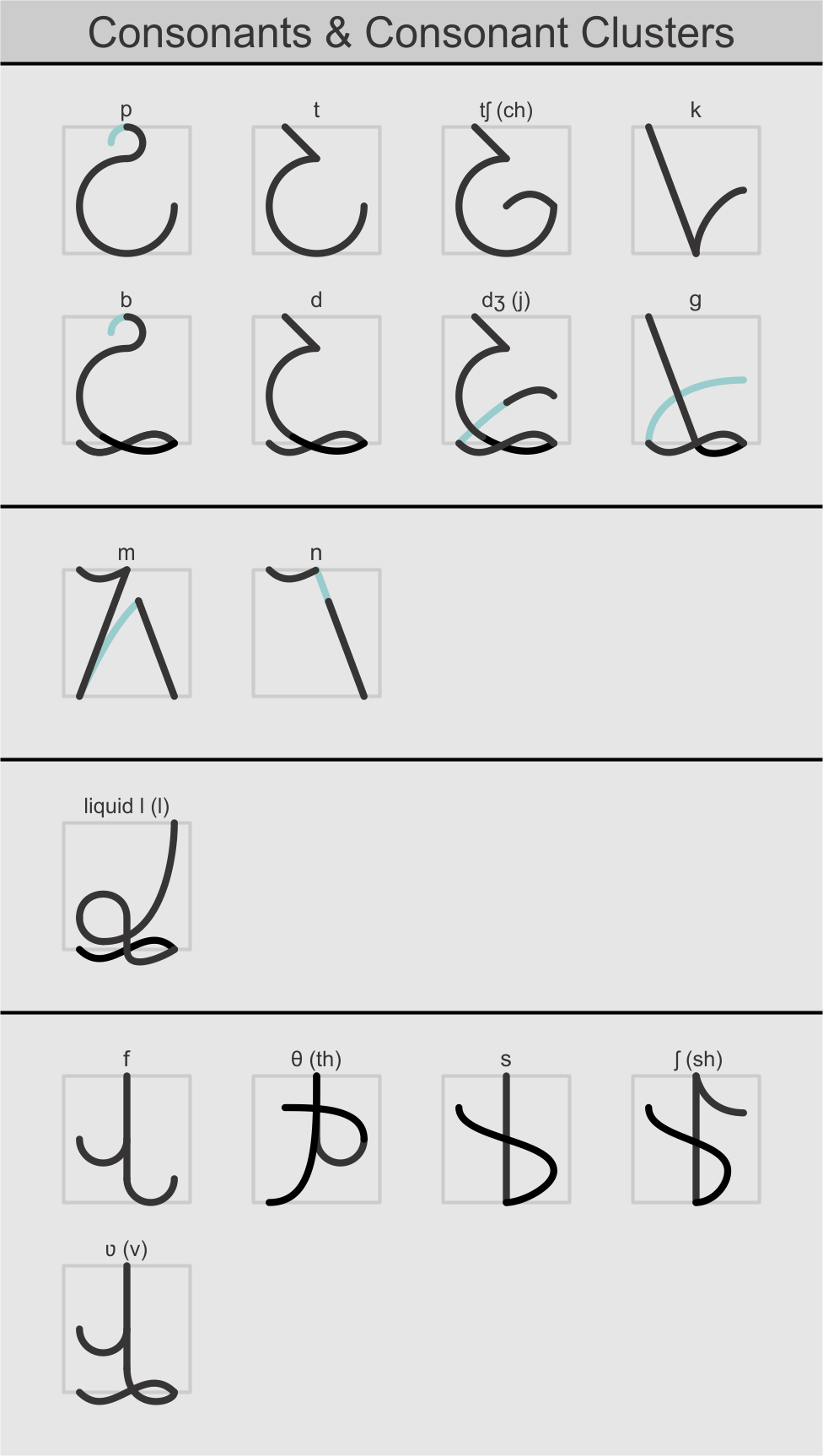
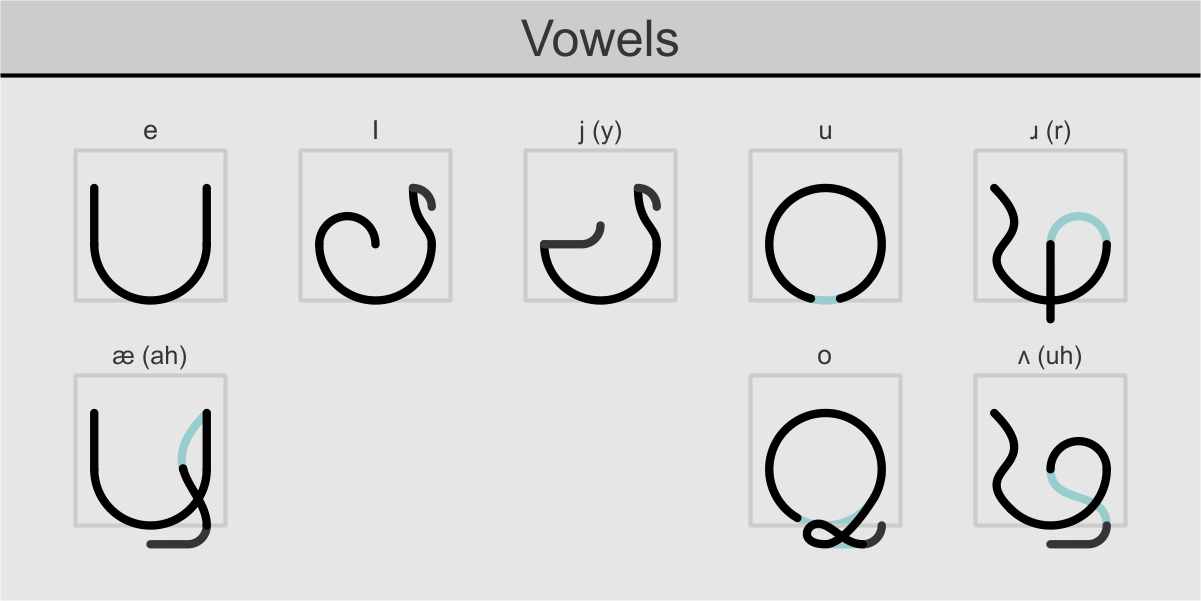


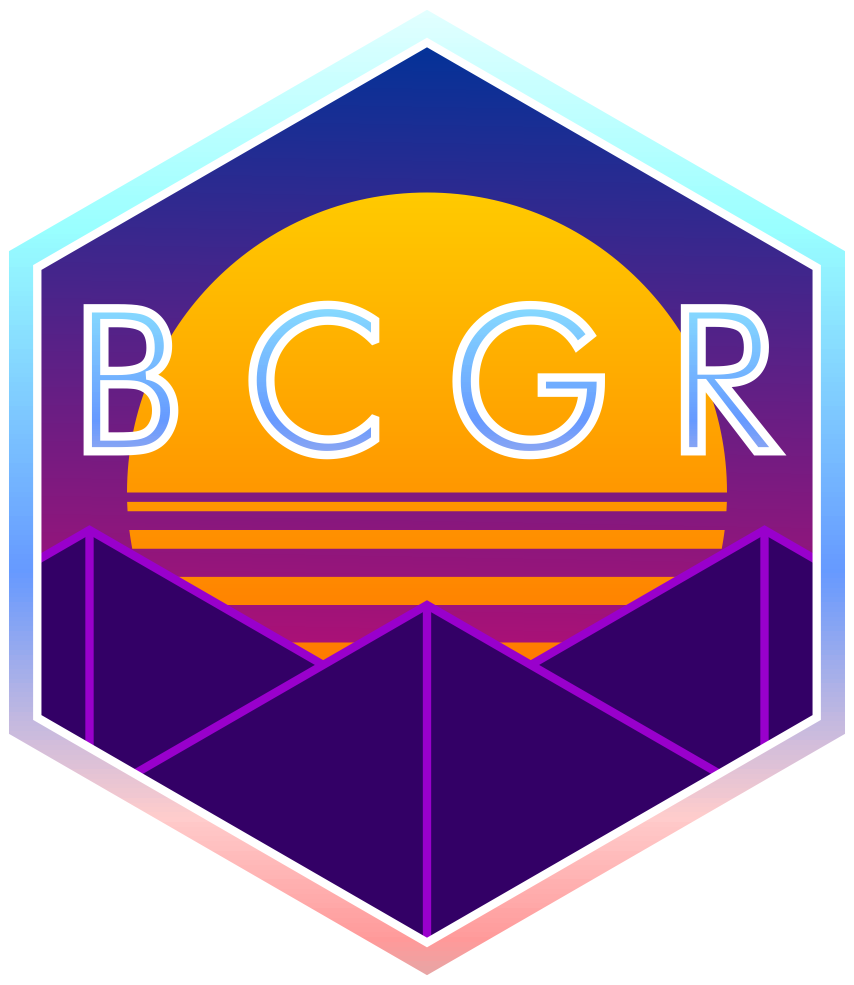
Comments